Beautiful picture appreciation | Beijing-Hangzhou Grand Canal – Xuzhou section of the Middle Canal

The Beijing-Hangzhou Grand Canal is the longest and largest man-made canal in the world, and it is also one of the oldest canals. Together with the Great Wall and the karez, it is known as the three great projects of ancient China. It is a great project created by the working people of ancient China and is one of the symbols of Chinese cultural status.
About the Author

Jia Chuanjun, a native of Pizhou City, Jiangsu Province, born in April 1963, is a member of the Communist Party of China. He was conscripted into the army in September 1981. In March 1985, he participated in the self-defense counterattack of Laoshan against Vietnam with the 138th Division of the 67th Army of the Jinan Military Region and won a third-class merit. Now he is a member of the International Professional Photographers Association, a member of the China Photographers Copyright Association, a member of the Xuzhou Photographers Association of Jiangsu Province, a member of the Pizhou Photographers Association, a number of media contracted photographers, and a photography tutor at the University for the Elderly. The author loves the canal, dedicates the canal, takes the lock as his home, and serves the boat people after returning to work in the local
The canal flows through the Emperor Gaozu of Han Liu Bang, Chu Bawang Xiang Yu, Wu doctor Wu Zixu, Huaiyin Hou Han Xin and other historical celebrities, there are many historical sites and places of interest; the entire basin simple folk customs, people’s character bold, affectionate and righteous, honest and trustworthy, open!

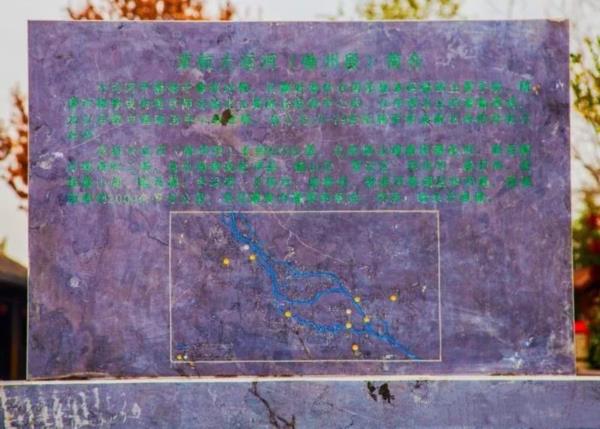
The navigation mark on the canal, which indicates the direction for the safe navigation of ships on the canal.



The world-famous Beijing-Hangzhou Grand Canal-Middle Canal crosses the territory of Xuzhou City. Its source starts from Taierzhuang in Shandong Province in the north, Huai’an City in Jiangsu Province in the south, and the whole journey is 186 kilometers long. It enters Pizhou City in the southeast of Taierzhuang, and crosses the southeast in the northwest. It passes through Tanshang, Fukou, and Canal Town to Suqian near Yaowan Town. Xuzhou City is 56.1 kilometers long, and there are tributaries such as Taogou River, Xisheng River, Bulao River, Diversion Road, Chenghe River, Guanhu River, Liubao River, and Fangting River along the coast.
The navigation mark on the canal, which indicates the direction for the safe navigation of ships on the canal.

The canal guards supervise the safety of ships sailing on the canal and enforce the law in a civilized manner to ensure safety and smooth flow.

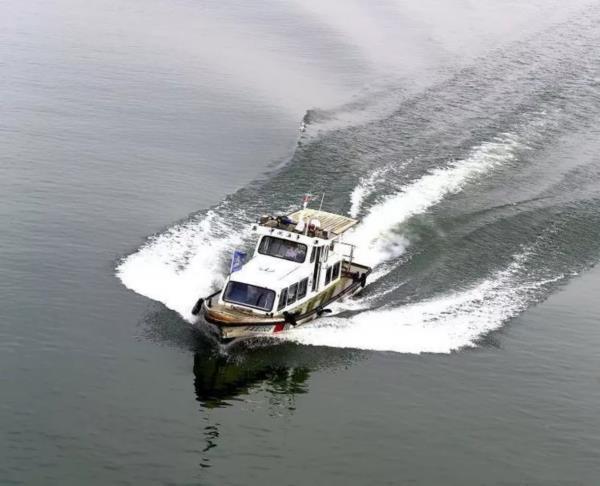
Law enforcement officers of local maritime administration track and escort passing ships in bad weather. Ensure the navigation of ships and the safety of people’s lives and property, never forget the original intention, serve the people, and ensure that the lock machinery maintains a good operating condition.
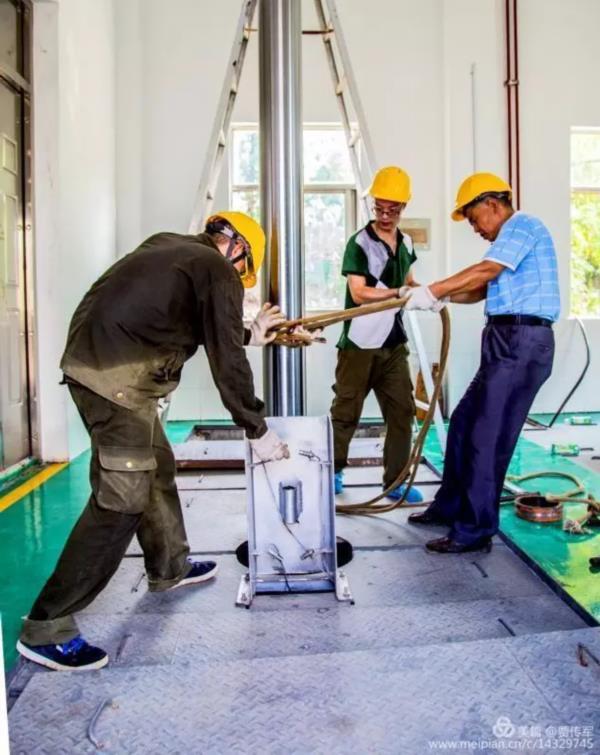


The long dragons on the canal have made tremendous contributions to the country’s economic development.




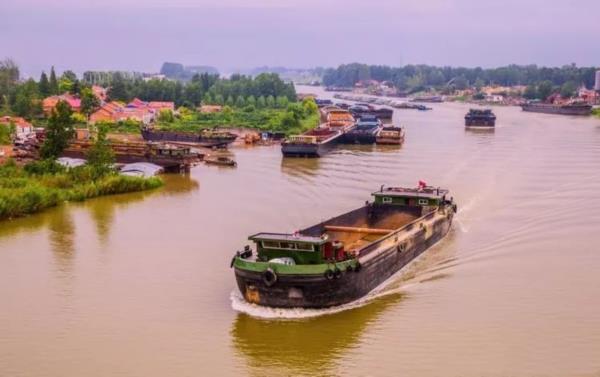

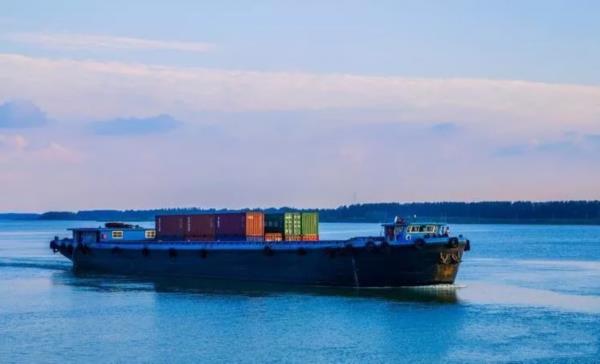

The crew lives on board, and they are also the bearers of the intangible cultural heritage of the Grand Canal.
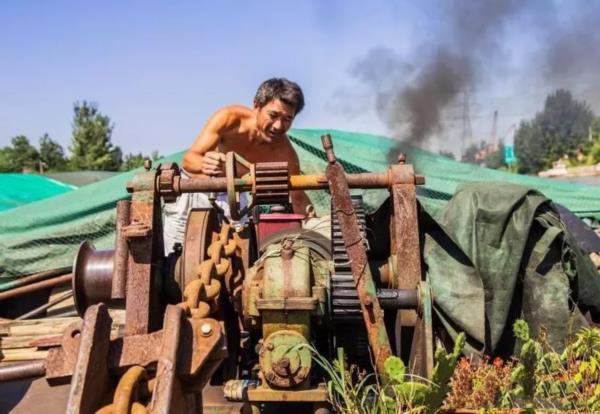



The construction ships on the canal, the Liushan pumping station in Xuzhou for the South-to-North Water Diversion, the construction of the waterway, the ferry… are the bridges that connect the families on both sides of the canal!





The ancient town of Yaowan next to the Beijing-Hangzhou Grand Canal-Middle Canal was built in the early years of the Tang Dynasty. It is known as the description of "looking at the sea in the east, looking at Pengcheng in the west, overlooking Huai Si in the south, and looking at Tai Dai in the north" and the reputation of "Golden Waterway Golden Triangle", "Northern Jiangsu waters win the Jiangnan" and "Little Shanghai". It is one of the main docks of the Beijing-Hangzhou Grand Canal. During the heyday of the Ming and Qing Dynasties, water transportation and maritime transportation were the key points for choking the north-south waterway. Most of the agricultural and sideline products in a radius of hundreds of miles were concentrated in Yaowan for shipment and long-distance transportation; cotton silk, matches, kerosene, food cigarettes and other daily necessities transported from the south to the


The power plant was built along the canal, contributing to the rapid economic growth on both sides of the canal.

The farmers living on the canal bank are versatile, and the labor scenes painted by themselves are vivid and vivid. The rice watered with canal water is particularly good, with white quality and fragrant taste.



The people living on both sides of the canal are particularly fortunate!






(Source/Canal Network)